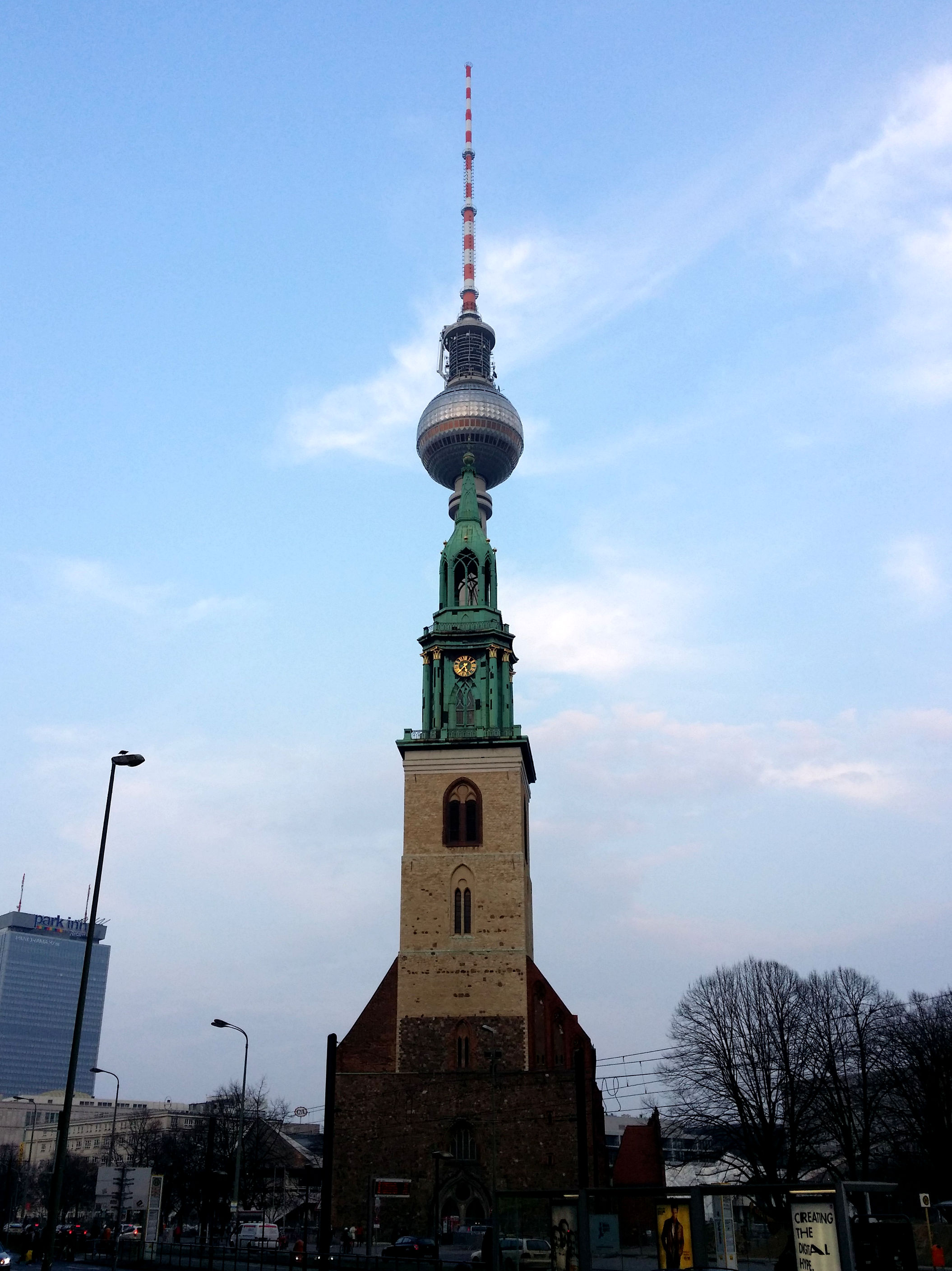 Together with Emanuele Arielli, I've been working in experimental aesthetics at the IUAV Venice, specifically on questions of style.
Together with Emanuele Arielli, I've been working in experimental aesthetics at the IUAV Venice, specifically on questions of style.
Experiments in aesthetics – is that possible?
Absolutely, and it has been for more than a century! Many people are surprised to hear that experimental aesthetics is one of the oldest branches of experimental psychology. The field began with the visionary ideas of Gustav Theodor Fechner, who developed a very thorough conception still inspiring today (Fechner 1876). Currently, empirical or experimental aesthetics is becoming a discipline in its own right: It is a field of enquiry which combines a highly developed methodology with an interdisciplinary research perspective and a widely varying disciplinary background of active researchers.
During most of its existence, experimental aesthetics was a small research field lodged precariously between psychology, philosophical aesthetics, and art history – disciplines which were otherwise mostly separated and often hostile towards each other. Due to this interdisciplinary nature, experimental aesthetics, just as semiotics, had a difficult stance in the academic research community. It was advanced mainly by a few pioneering researchers such as Fechner, George Birkhoff (1933), and Hans J. Eysenck (1940). In the late 1960s, Daniel E. Berlyne revived the field after a phase of obscurity (Berlyne 1971; 1974) and dominated it for two decades. In the 1980s, new methods of computer-based statistical analysis were employed, and Colin Martindale emerged as an important figure (Martindale 1986; 1990).
In the 1990s, the field expanded rapidly and was revolutionized by the introduction of brain imaging techniques. Today, experimental aesthetics is a well-established but still rapidly growing discipline with its own journals and institutions, which faces rapid changes, as evinced by the growing role of neuroaesthetics (cf. Chatterjee 2011) and the integration of hypotheses and perspectives of Evolutionary Aesthetics (cf. Menninghaus 2003; 2011). After a phase of rapid expansion and methodological development, experimental aesthetics is currently on the verge of becoming an established discipline. This change makes it necessary to reflect on its present strengths and weaknesses, to avert the risk of blind spots becoming embedded in the structures that are established today.
 Together with Emanuele Arielli who has studied speciifc contrasts effects in aesthetics (Arielli 2012), I'm developing an experimental approach to the aesthetics of style (cf. Siefkes 2013, Siefkes/Arielli 2015). Stimuli in different cultural areas (music, literature, art, architecture, performance) have usually been studied separately. Style, however, is an aspect of artworks and artefacts that exists in all these areas of culture, and can be used to study cross-modal influences between them. In the long term, we hope that this will lead towards a more general approach to experimental aesthetics linking different sense modalities and cultural areas.
Together with Emanuele Arielli who has studied speciifc contrasts effects in aesthetics (Arielli 2012), I'm developing an experimental approach to the aesthetics of style (cf. Siefkes 2013, Siefkes/Arielli 2015). Stimuli in different cultural areas (music, literature, art, architecture, performance) have usually been studied separately. Style, however, is an aspect of artworks and artefacts that exists in all these areas of culture, and can be used to study cross-modal influences between them. In the long term, we hope that this will lead towards a more general approach to experimental aesthetics linking different sense modalities and cultural areas.
Bibliography
– Allesch, Christian G. (2006), Einführung in die psychologische Ästhetik. Wien: facultas.
– Arielli, Emanuele (2012), “Contrast and Assimilation in Aesthetic Judgments of Visual Artworks”. Empirical Studies of the Arts 30,1: 59-74.
– Berlyne, Daniel E. (1971), Aesthetics and Psychobiology. New York: Appleton-Century-Crofts.
– Berlyne, Daniel E. (1974), Studies in the New Experimental Aesthetics. Steps toward an Objective Psychology of Aesthetic Appreciation. New York: Wiley.
– Birkhoff, George D. (1933), Aesthetic Measure. Cambridge MA: Harvard University Press.
– Chatterjee, Anjan (2010), “Neuroaesthetics: A Coming of Age Story”. Journal of Cognitive Neuroscience 23, 1: 53-62.
– Eysenck, Hans J. (1940), “The General Factor in Aesthetic Judgements”. British Journal of Psychology. General Section 31: 94-102.
– Fechner, Gustav Theodor (1876), Vorschule der Ästhetik. 2 Bde. Leipzig: Breitkopf & Härtel.
– Kebeck, Günther & Schroll, Henning (2011), Experimentelle Ästhetik. Wien: facultas.
– Martindale, Colin (1986), “Aesthetic Evolution”. Poetics 15: 439-473.
– Martindale, Colin (1990), The Clockwork Muse. The Predictability of Artistic Change. New York: Basic Books.
– Menninghaus, Winfried (2003), Das Versprechen der Schönheit. Frankfurt am Main: Suhrkamp.
– Menninghaus, Winfried (2011), Wozu Kunst? Ästhetik nach Darwin. Berlin: Suhrkamp.
– Siefkes, Martin (2017), “Perceptual qualities of literary style”. Scientific Study of Literature 7, 1: 53-79. doi:10.1075/ssol.7.1.03sie
– Siefkes, Martin (2018), “The Experimental Aesthetics of Style”. Research report, IUAV Venedig (first published in 2013). ART-Dok. Digital Repository Art History. doi:10.11588/artdok.00005599
– Siefkes, Martin & Arielli, Emanuele (2015), “An Experimental Approach to Multimodality: How Musical and Architectural Styles Interact in Aesthetic Perception”, in: J. Wildfeuer (ed.), Building Bridges for Multimodal Research. International Perspectives on Theories and Practices of Multimodal Analysis. Bern/New York: Lang.
– Siefkes, Martin & Arielli, Emanuele (2018), The Aesthetics and Multimodality of Style: Experimental Research on the Edge of Theory. Frankfurt a.M./New York: Lang